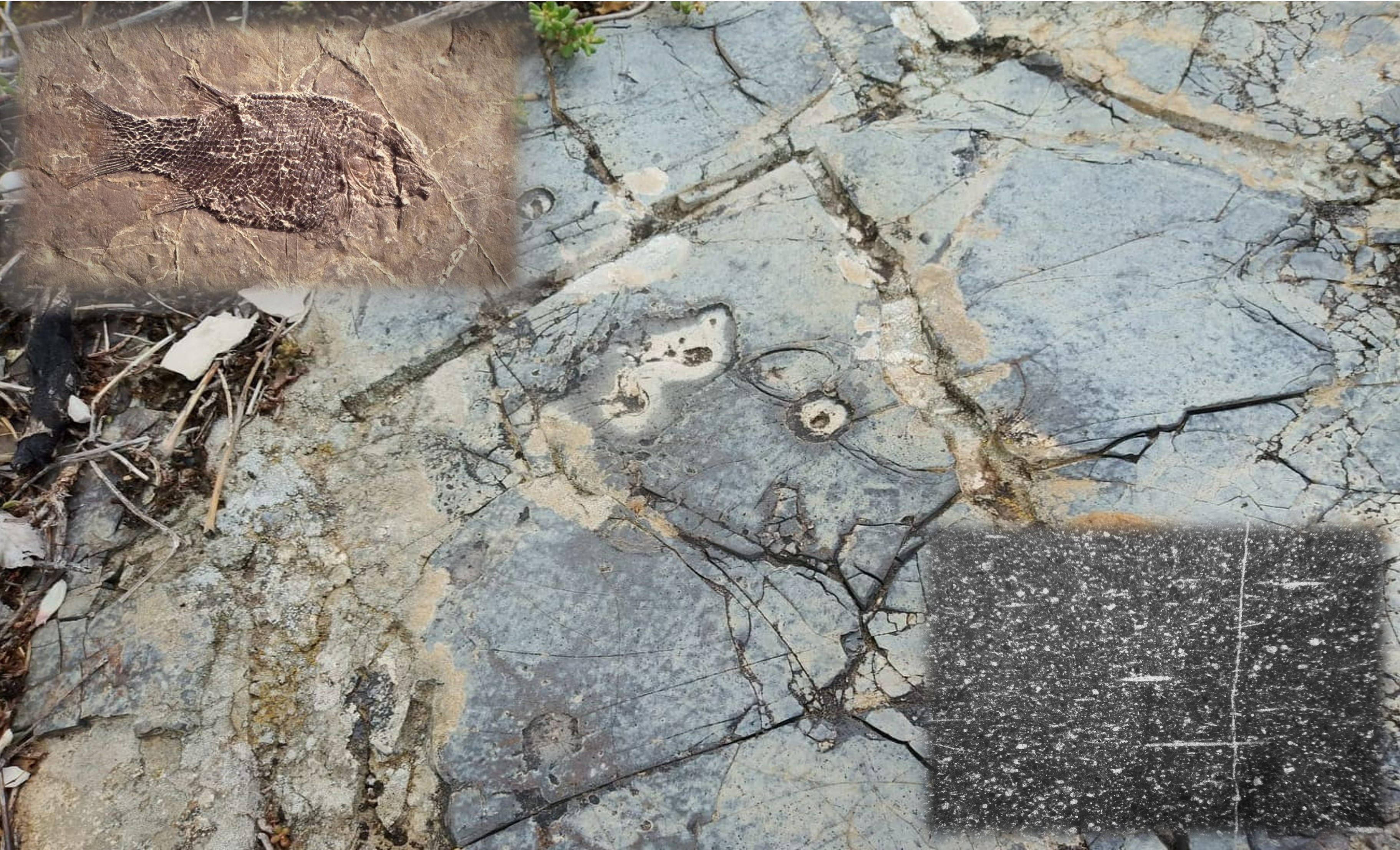Nodules and chert layers in the Ichtyolitic Limestones Formation of Civita of Pietraroja (Southern Apennines, Italy). A genetical model
DOI:
https://doi.org/10.6093/2724-4393/9978Keywords:
lower Cretaceous, chert, lagoonal environment, stratigraphy, sedimentology, Southern ApenninesAbstract
The present paper concerns the study of the silicization processes occurring in the “Ichthyolitic Limestone” outcropping at the Civita of Pietraroja (Benevento), in the Matese Mountains. (Southern Apennines, Italy). Previous
Authors provided descriptions of these deposits, without proposing a specific genetic model. Different types of cherts were observed, sampled, and studied in optical microsocopy, characterizing their sedimentological features, the contained
microfauna, and their state of conservation. Observations confirm that silicization is penecontemporary to the sedimentation of the fine-grained lagoonal limestones. Specifically, to explain silicization processes in limestones, the
following paleo-environmental context of the Pietraroja lagoon, and the surrounding areas, must be taken into account: a first source of primary silica may have been located in the emerged areas overlooking the lagoon, where
carbonate weathering processes, leading to the formation of bauxites, had probably begun. This leaded to the accumulation of residual materials (including siliceous ones). The “Orbitolina Level of the Campania” too, derived at least in part from the accumulation of pyroclastic materials, slightly older than the "Ichthyolitic Limestones" and cropping out in the area in the uppermost Aptian-lower Albian, could be regarded as an additional source of primary silica. The richness in silica of this neritic-lagoon environment could consistently have supported the development of siliceous sponge colonies, whose spicules, originally consisting of Opal A, are often very abundant in lagoonal sediments. According to the described conditions, a mixing zone between fresh meteoric and continental waters and lagoonal marine waters, was very likely present in the sediments bordering the lagoon and within it. In accordance with a previously proposed model, the dissolution of sponge spicules (Opal A, biogenic silica), and the reprecipitation of silica phases as colloidal gels within the carbonatic sediments could give rise to silicizations in the form of nodules and layers.
Downloads



